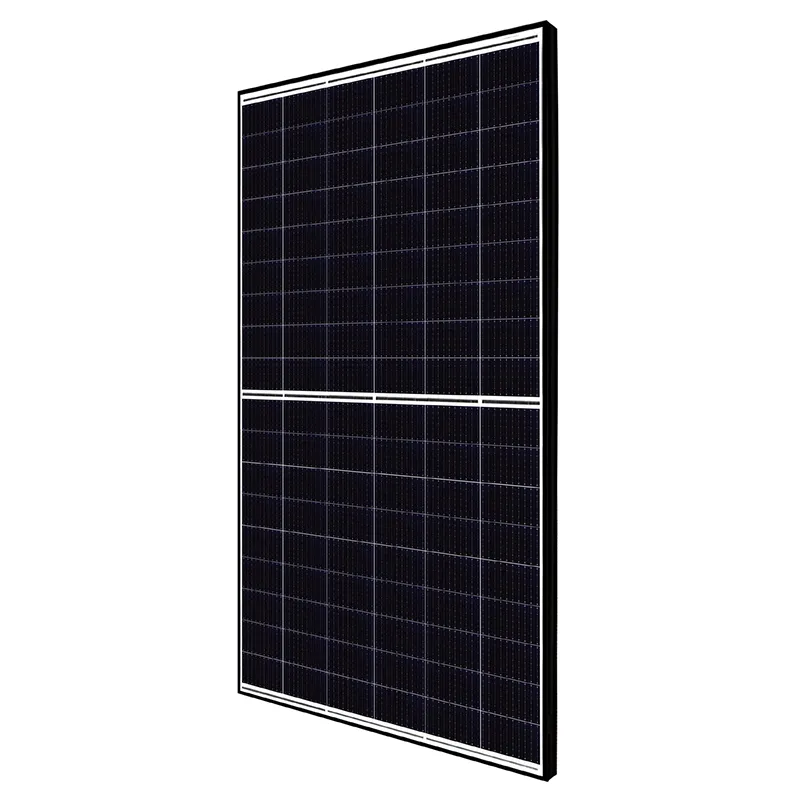solar inverter working principle
The Working Principle of Solar Inverters
As the world shifts towards renewable energy sources, solar power has become a prominent choice for both residential and commercial applications. At the heart of any solar power system lies the solar inverter, a crucial component that plays a vital role in the conversion of solar energy into usable electrical energy. Understanding the working principle of solar inverters is essential for anyone looking to harness solar power effectively.
What is a Solar Inverter?
A solar inverter is an electronic device that converts the direct current (DC) generated by solar panels into alternating current (AC). AC power is the form of electricity used by most household appliances and is necessary for feeding excess energy back into the grid. The inverter ensures that solar systems can operate efficiently and that the energy produced can be used immediately or stored for later use.
Components of a Solar Inverter
Solar inverters consist of several key components that work together to perform the conversion process
1. DC Input This is where the inverter receives the DC electricity generated by solar panels. The amount of DC generated depends on various factors, including the size of the solar array and the amount of sunlight available.
2. Power Electronics The heart of the inverter, power electronics include various semiconductors that facilitate the conversion of DC to AC. These components manage the voltage and current levels, ensuring a smooth transition and optimal efficiency.
3. Control System The control system monitors the operation of the inverter and ensures that the conversion process operates within specified parameters. It also facilitates communication between the inverter and other components of the solar power system, such as batteries and grid connections.
4. AC Output After conversion, the inverter outputs AC electricity, which can be used to power household appliances or exported to the electrical grid.
solar inverter working principle

How Does a Solar Inverter Work?
The process of converting DC to AC in a solar inverter involves several fundamental steps
1. Inversion The primary function of the inverter is inversion. It takes the continuous flow of DC from solar panels and chops it up into a series of DC pulses. This is accomplished using innovative switching techniques, often with the help of transistors or MOSFETs (metal-oxide-semiconductor field-effect transistors).
2. Pulse Width Modulation (PWM) To create a smooth AC waveform, inverters use a technique known as pulse width modulation. PWM involves varying the width of the pulses of DC to simulate a sine wave, which is the desirable shape for AC power. The better the sine wave approximation, the more efficient the inverter will be in delivering power.
3. Filtering The chopped DC signal is not yet suitable for residential use, as it still carries ripples of DC voltage. Therefore, the inverter incorporates filters, usually consisting of inductors and capacitors, to smooth out the waveform, producing a clean, stable AC output.
4. Synchronization When integrated with the power grid, the inverter must synchronize its output with the grid frequency and voltage. This ensures compatibility and prevents disturbances or damage to both the inverter and the grid.
5. Grid Interaction Many modern solar inverters come with advanced grid-tie features, allowing excess energy generated by solar panels to feed back into the grid, benefiting both the homeowner and the utility provider. Some inverters also incorporate battery storage systems, enabling energy storage for use during nighttime or cloudy days.
Conclusion
In summary, solar inverters are fundamental devices that facilitate the conversion of solar energy into usable electrical power. By transforming DC from solar panels into AC, they enable homeowners to enjoy the benefits of renewable energy while ensuring compatibility with the grid. Understanding how solar inverters work can help users maximize their solar investment and promote greater adoption of solar technology in a world increasingly focused on sustainability. With advancements in inverter technology, such as improved efficiency and smart features, solar energy continues to solidify its role as a cornerstone of a sustainable energy future.
-
String Solar Inverter: The High-Efficiency Solution for Smart Solar EnergyNewsJul.14,2025
-
Revolutionizing Rooftop Energy with the Power of the Micro Solar InverterNewsJul.14,2025
-
Power Independence with Smart Off Grid Solar Inverter SolutionsNewsJul.14,2025
-
On Grid Solar Inverter: Powering the Future with Smart Grid IntegrationNewsJul.14,2025
-
Monocrystalline Solar Panels: High-Efficiency Power for the Future of Clean EnergyNewsJul.14,2025
-
Bifacial Solar Panel: A Smarter Investment for Next-Generation Energy SystemsNewsJul.14,2025







